Fire at 16th-Century Mexican Church Prompts Debate Over How to Protect Cultural Heritage
Critics argue that a lack of preservation funding contributed to the devastating loss
:focal(507x383:508x384)/https://tf-cmsv2-smithsonianmag-media.s3.amazonaws.com/filer/e3/f1/e3f1ffe4-708f-4acd-8e8b-2739d8c11aac/on_fire.jpeg)
On March 7, a fire of unknown origin broke out during a service at the Apostle Santiago Church in Nurio, a small town in the Mexican state of Michoacán. Parishioners rushed to salvage what they could as the blaze consumed the building’s stunning painted ceilings, murals and elaborately decorated central altar.
No lives were lost in the fire, but the flames destroyed almost all of the historic structure, reports Carmen Morán Breña for El País. Built in the 16th century by Indigenous laborers and Spanish missionaries, the church was home to a congregation of 5,000 people, mostly Indigenous, from the Purépecha community of central Mexico.
Now, writes Elizabeth Mistry for the Art Newspaper, authorities and locals are debating how best to rebuild the cathedral. Per El País, the building had been in derelict condition for years. Though Mexico’s National Institute of Anthropology and History (INAH) and the Michoacán state culture department were scheduled to begin conservation work in January, the project never began, most likely due to internal disputes about a lack of resources.
“Almost everyone agreed on one culprit: the barebones culture budget,” notes El País.
Michoacán State Secretary for Culture Claudio Méndez tells El País that the structure of the cathedral was so weak that firefighters “could not even direct the jet of water against the stone walls, because [they] did not know if they would hold.”
Fires had threatened the structure before, but never to this extent. The inferno destroyed most of the church’s ceiling, leaving only its four exterior walls standing.
“Only a few movable art pieces and religious objects were saved from the blaze,” says the World Monuments Fund (WMF), which supported restoration of the church in the early 2000s, in a statement.
“While the cause of the fire is yet undetermined, this was a tremendous loss for the people of Nurio, for whom the site served as a cherished hub of community life,” the WMF continues.
Nelly Sigaut, a researcher at El Colegio de Michoacán and a specialist on colonial-era churches built by the Spaniards and the Purépecha, tells the Art Newspaper that she believes that the Indigenous Purépecha community, who worshipped at Apostle Santiago and knew it best, should be in charge of rebuilding efforts. INAH officials are currently evaluating the ruins for an insurance payout, which will be necessary to fund the cost of rebuilding, per El País.
Vasco de Quiroga, a Spanish bishop who lived in Mexico during the early years of his home country’s colonial exploitation of the Americas, founded the church in the 16th century as part of a huatápera, or hospital complex. Inspired by Tudor philosopher Thomas More’s Utopia, de Quiroga sought to create his own version of a utopian society where Indigenous people could live in community and learn the Catholic religion.
The church boasted many examples of rare, early colonial artwork. Sigaut tells the Art Newspaper that the carved balcony chair, a unique piece of art belonging to the Novohispanic Purépecha, was one of only two known examples of the style in Latin America. That chair, as well as the walls, baptistry and paintings, were all destroyed in the fire, Sigaut adds.
Per a WMF report, the heritage organization contributed to restorations of the historic building, including work on its ceiling, mural paintings and altarpieces, between 2000 and 2004. In particular, the coffered ceiling, painted in the Renaissance-era mudéjar style but with native Mexican techniques, stood out for its beauty and its blend of Indigenous and Spanish elements, the WMF notes.
“We join in prayer for the deep sorrow of the community of Nurio, Michoacán over the fire of its Church of Santiago Apostle, among the most beautiful and rustic of the Purépecha Plateau,” says the Archdiocese of Morelia, which oversees the Catholic churches in the region, in a statement posted on Facebook and translated via Google Translate.
The cathedral was an “architectural jewel,” the archdiocese adds in a separate post. “Today, it is practically in ashes.”
/https://tf-cmsv2-smithsonianmag-media.s3.amazonaws.com/accounts/headshot/nora.png)
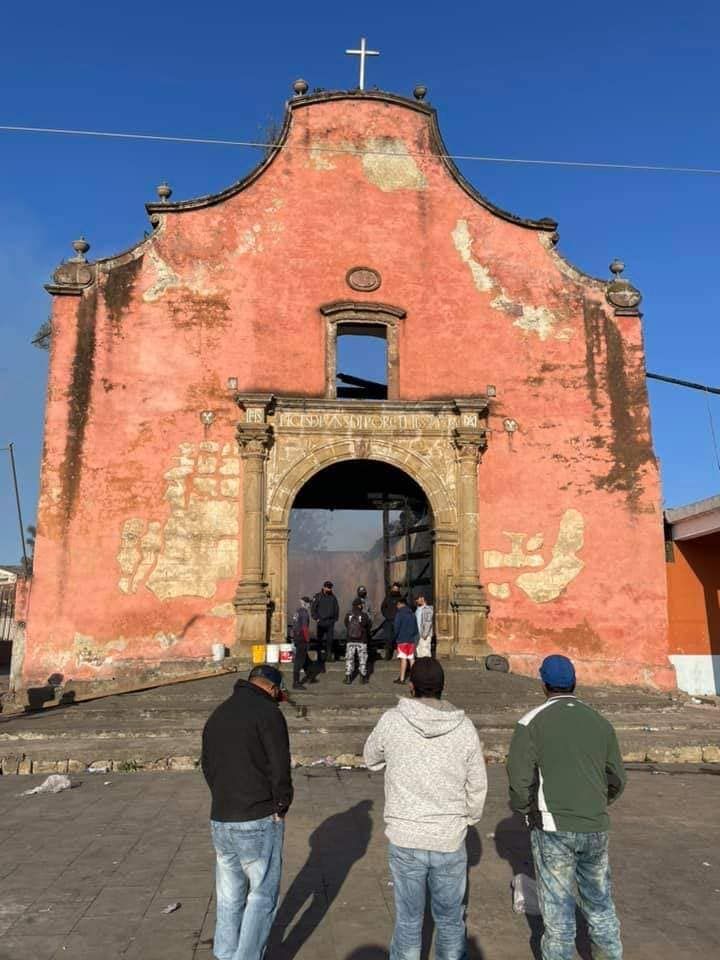
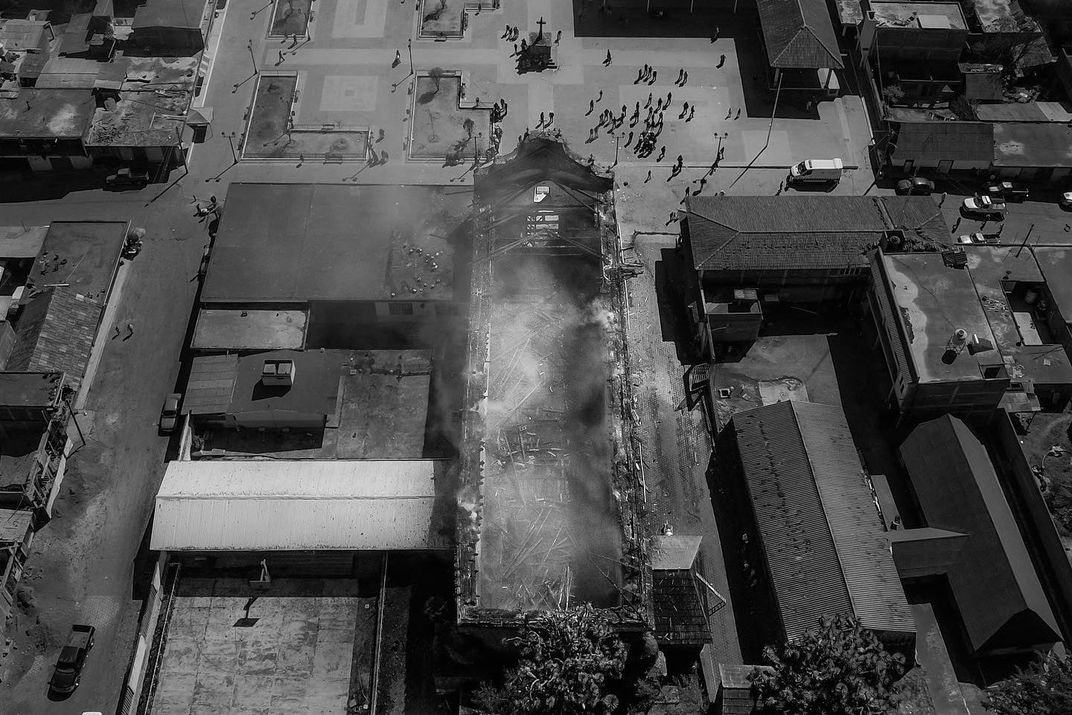
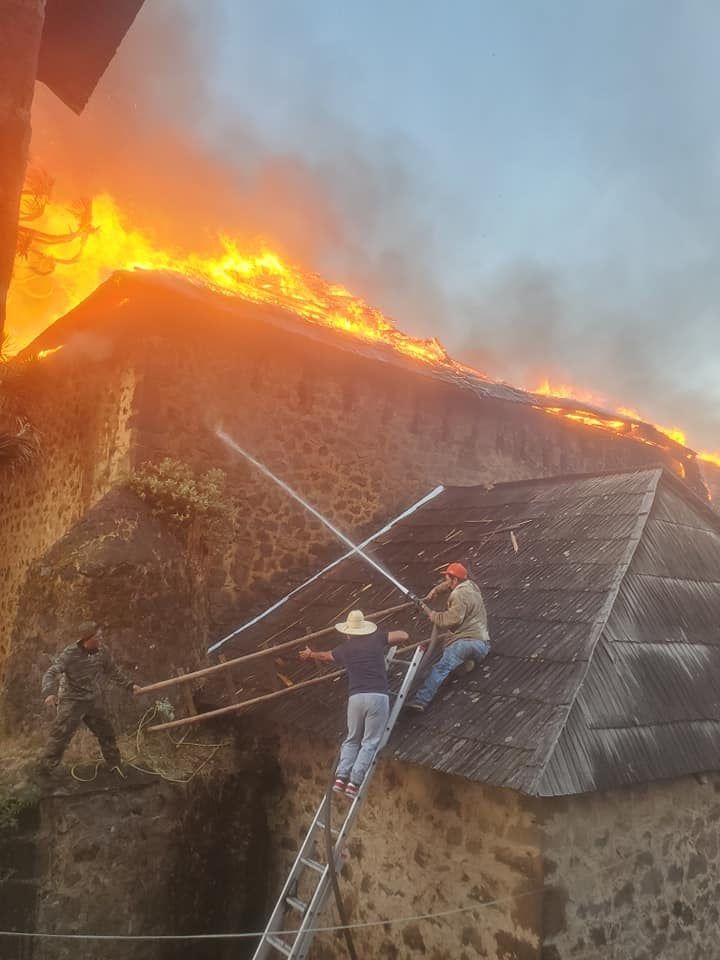
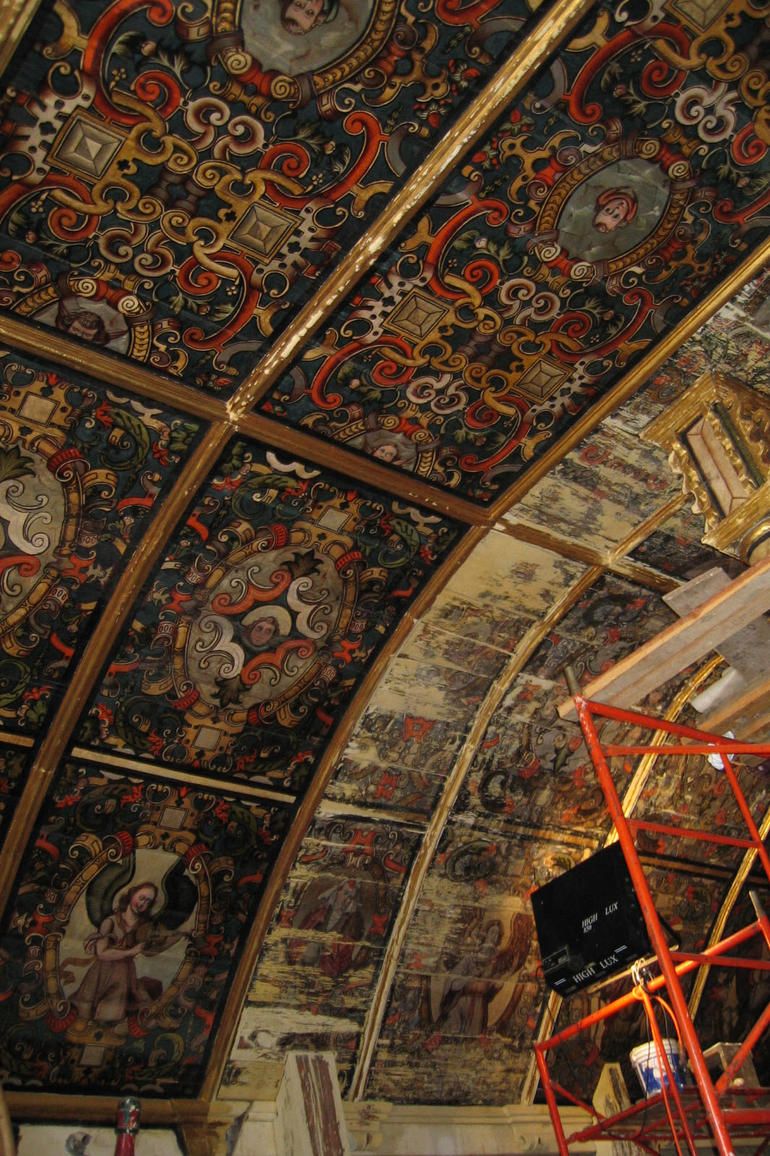
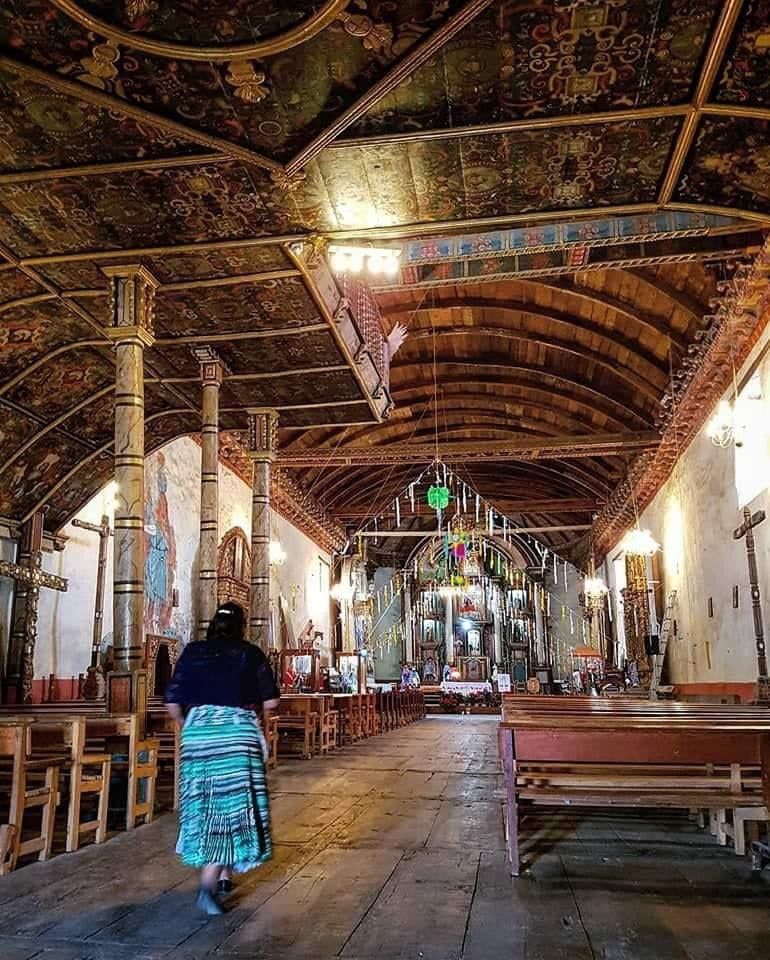
/https://tf-cmsv2-smithsonianmag-media.s3.amazonaws.com/accounts/headshot/nora.png)